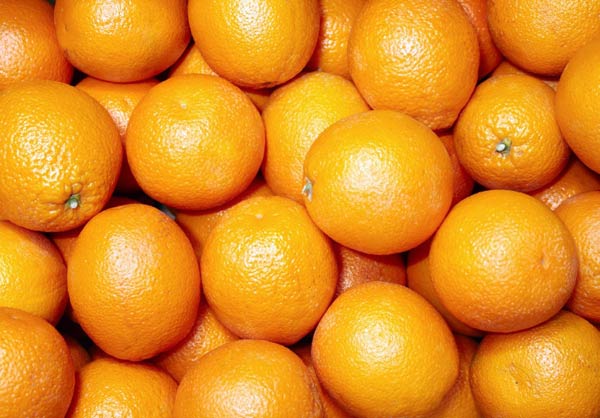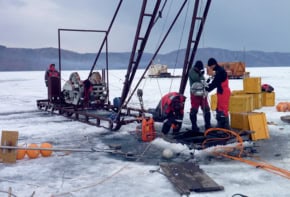
Neutrons and protons may appear quite spherical here on Earth, but two physicists in Spain and Germany have suggested that, if squeezed under enough pressure, these subatomic particles might squish themselves into cubic shapes. Although no evidence for such cubic neutrons has yet been obtained, an unprecedentedly heavy neutron star that was discovered last year could potentially house these unusually shaped particles. The star in question, which inspired the study, is a rotating neutron star – or “pulsar” – with a mass twice that of our Sun.
Neutron stars are created when a star explodes in a violent supernova, shedding most of its matter and forcing the remaining 80–90% of the star’s mass to collapse in on itself. If that remaining star is more than 2.5 times the Sun’s mass, then it can collapse completely, forming a black hole. But lighter stars instead stabilize, crushing 1.3–2 times the mass of the Sun into a city-sized sphere with a radius of just 11–12 km. These stars are so dense that gravitational pressure forces the electrons in atoms to merge with protons – forming neutrons. The inside of the star ends up being composed almost entirely of neutrons, hence the name “neutron star”.
However, Felipe Llanes-Estrada, who is on leave at the Technical University of Munich, and Gaspar Moreno Navarro of the Complutense University of Madrid say that if the interior pressures are high enough, the neutrons could be squeezed into cubes. They could then pack more tightly, further reducing their total volume by about 24%. “It’s like stacking oranges in a supermarket – the oranges at the bottom of the stack are a little distorted because of the weight of the ones on top,” says Llanes-Estrada.
Cubic movement
According to the two physicists’ calculations, neutrons would become fully cubic at a density of some 1015 grams per cubic centimetre, which is equivalent to an energy density of 500 megaelectronvolts per cubic femtometre (10–15 metres) (MeV/fm3). Although the cores of most neutron stars are just less than that density, a new, heavy pulsar discovered last year has a central region that exceeds that density by a factor of two, according to Llanes-Estrada – meaning that it could potentially harbour cubic neutrons.
The discovery of the pulsar came as a surprise to astronomers, who had previously not thought that neutron stars could be so big. Yet, even “ordinary” neutron stars could contain partially cubic neutrons, starting at an energy density of 140 MeV/fm3. Paul Demorest of the National Radio Astronomy Observatory in Charlottesville, Virginia, who was a member of the team that discovered the heavy pulsar, says that the extra compressibility would allow heavy neutron stars to achieve higher densities. The snag, says Demorest, is that this “tends to lower the maximum allowed neutron-star mass”.
Llanes-Estrada acknowledges this problem; namely that the increase in density would turn the new pulsar into a black hole unless something else is pushing outward. However, he suggests that poorly understood interactions between the neutrons may be strong enough to counter gravity and stave off collapse.
Squaring up
Kai Hebeler of Ohio State University in Columbus offers a note of caution about the simulation. He points out that rather than fleshing out the complex interplay of the quarks and gluons inside it, the study instead models the neutron as if it were a bag of quarks. Still, while this estimation is limited, Hebeler still finds the team’s model to be reasonable. However, the extreme environment of a neutron star’s interior could make the quantum-mechanical identities of the neutrons bleed into one another, so he wonders whether identifying their geometric shapes is relevant, although he admits that he cannot make a “solid statement” about the problem.
The researchers have a couple of ideas about how astronomers could possibly look for evidence of cubic neutrons in the new pulsar. As segments of a neutron star that have settled into a crystalline lattice of cubes will be stiffer than expected, stellar seismologists could look for star quakes that produce types of waves that run through solids but not fluids. Another option is based on the fact that rotating neutron stars sometimes slow down or speed up abruptly, in an event known as a “glitch”. The researchers say that such glitches might indicate a change in the way that different layers of the star interact – possibly hinting at neutrons entering or leaving cubic configurations if they occur in the heavy pulsar.



